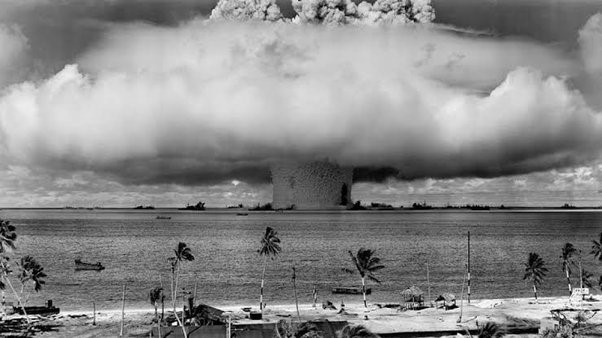Free Courses Sale ends Soon, Get It Now


Free Courses Sale ends Soon, Get It Now



Disclaimer: Copyright infringement not intended.
Context
About
Domestic reaction
International reaction
Pakistan
Canada and United States
Subsequent nuclear explosions
India and Nuclear Weapons
Chemical weapons
Nuclear weapons
India's no-first-use policy
Indian nuclear triad
International response
Domestic legislation
|
PRACTICE QUESTION Q) The Indian government asserts that nuclear weapons are solely for deterrence and that India will pursue a policy of "retaliation only". Discuss the salient features of India’s no-first-use policy and the international response to it. (250 words) |
© 2024 iasgyan. All right reserved